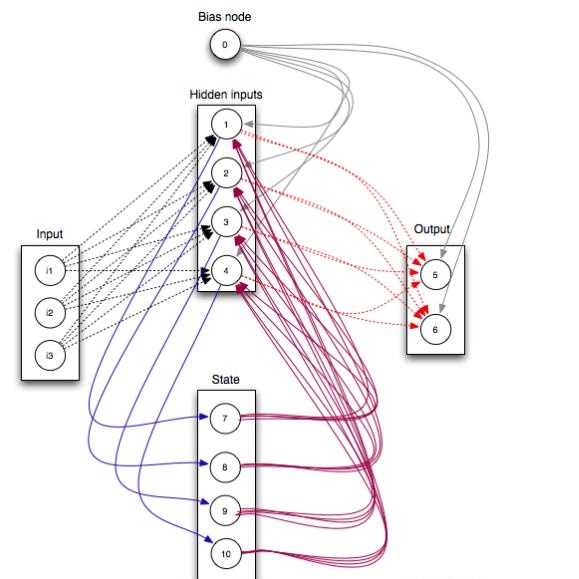We have developed an adaptive structural Deep Belief Network (Adaptive DBN) that finds an optimal network structure in a self-organizing manner during learning. The Adaptive DBN is the hierarchical architecture where each layer employs Adaptive Restricted Boltzmann Machine (Adaptive RBM). The Adaptive RBM can find the appropriate number of hidden neurons during learning. The proposed method was applied to a concrete image benchmark data set SDNET2018 for crack detection. The dataset contains about 56,000 crack images for three types of concrete structures: bridge decks, walls, and paved roads. The fine-tuning method of the Adaptive DBN can show 99.7%, 99.7%, and 99.4% classification accuracy for three types of structures. However, we found the database included some wrong annotated data which cannot be judged from images by human experts. This paper discusses consideration that purses the major factor for the wrong cases and the removal of the adversarial examples from the dataset.
翻译:我们开发了适应性结构深信仰网络(Adapitive DBN),在学习期间以自我组织的方式找到最佳网络结构。适应性DBN是每层使用适应性约束波尔茨曼机器(Adapitive Boltzmann Machani)的等级结构。适应性成果管理制在学习期间可以找到适当数量的隐藏神经元。拟议方法应用到一个具体图像基准数据组SDNET2018中,以探测裂缝。数据集包含大约56 000张裂缝图像,用于三种混凝土结构:桥壁、墙壁和铺设道路。适应性DBN的微调方法可以显示三种结构的99.7%、99.7%和99.4%的分类准确性。然而,我们发现数据库中包含一些不正确的附加数据,无法从人类专家的图像中判断。本文讨论了将错误案例的主要因素与从数据集中删除的对立实例的考虑。





